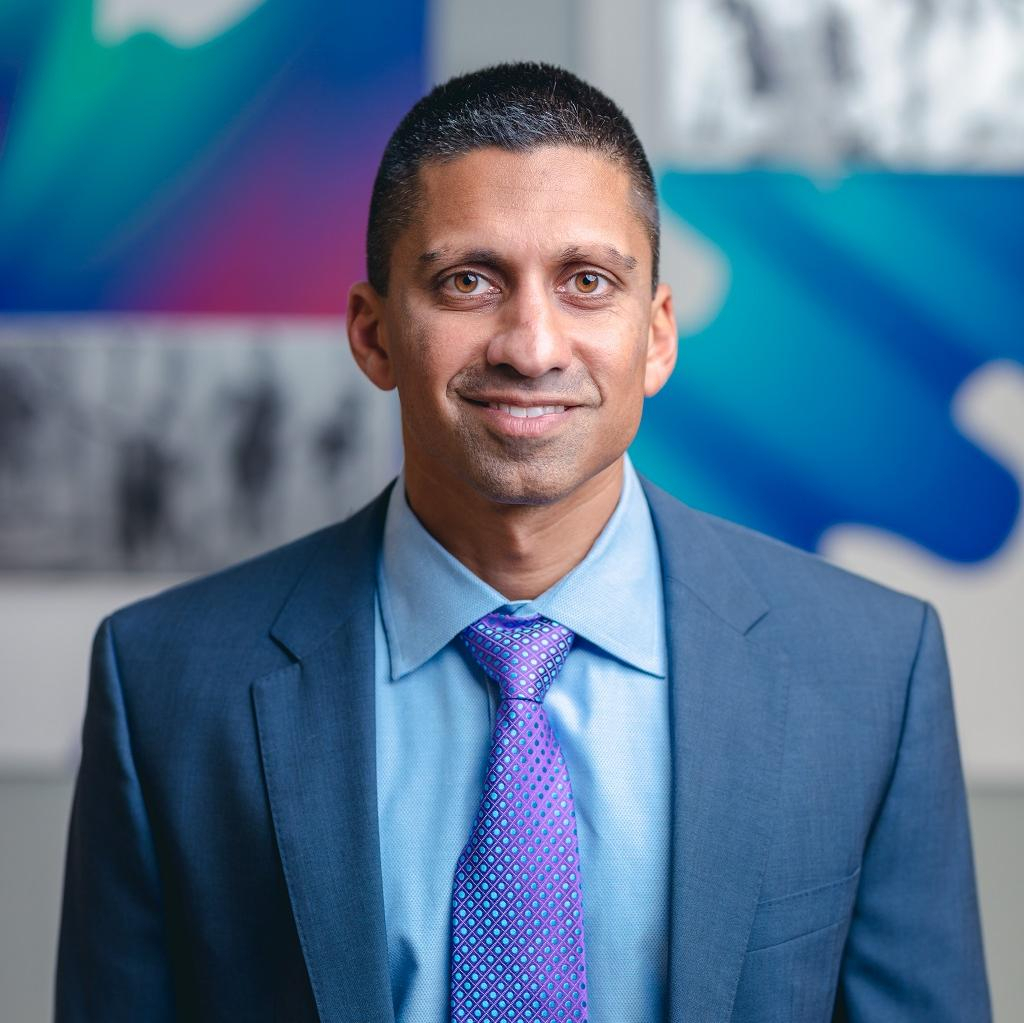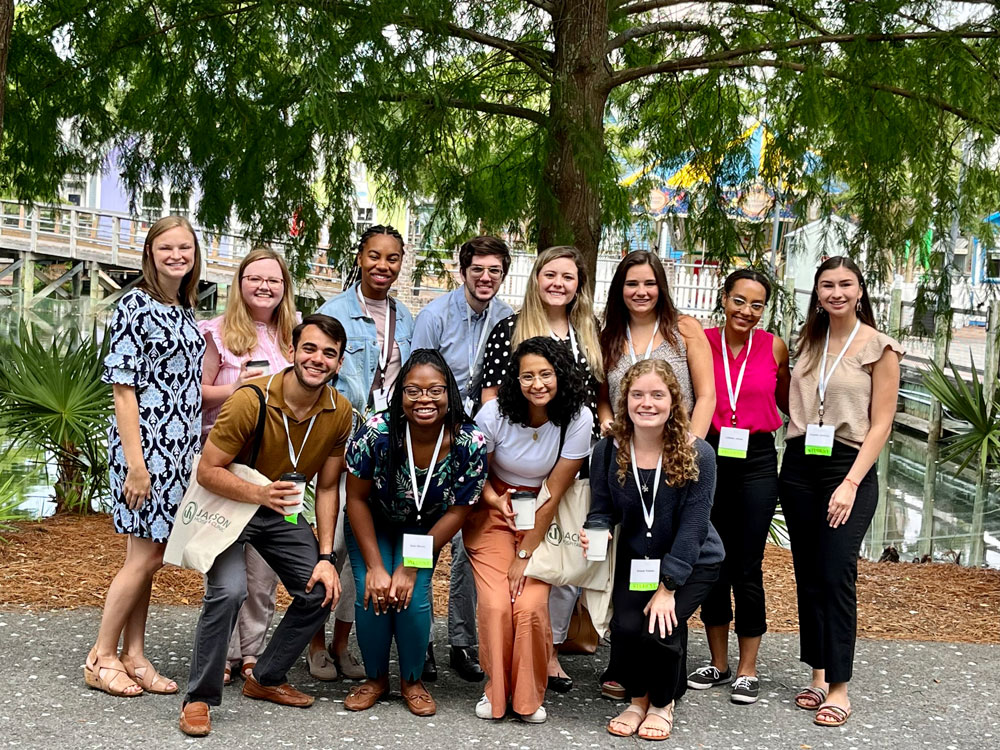In health care, primary care providers can be patients' first line of defense against any number of ills, from sore throats and sinus infections to diabetes, heart disease and cancer.
Yet, many Alabamians do not have easy access to a primary care provider. A study from the Robert Graham Center projects that Alabama will need 612 new primary care physicians by 2030 just to maintain the status quo, and that still doesn’t address current shortages, particularly in rural and urban underserved areas.
That lack of access contributes to Alabama’s consistently low national health care rankings and to high rates of diabetes, heart disease, cancer and other health concerns.
 Irfan Asif, M.D.
Irfan Asif, M.D.
“Going to a primary care doctor regularly, for check-ups, screenings and any health concerns, is so important for preventing chronic disease,” said Irfan Asif, M.D., chair of UAB’s Department of Family and Community Medicine and associate dean for primary care and rural health. “If we don’t have that in large swaths of the state, we end up with higher rates of disease and worse health outcomes, as well as higher health costs when patients seek care in our emergency departments and hospitals.”
That is why it is so critical to build up Alabama’s primary care workforce and improve patient access, and why several departments and programs across UAB are devoted to this goal.
Asif, as associate dean for primary care and rural health, is responsible for bringing that work together. On the clinical side, he has worked with leaders across UAB to establish medical directors for each of UAB’s primary care clinics and create a patient access council to integrate innovative ways for providers to see patients, including telemedicine or group visits in addition to individual, in-person visits.
“We want to think through new models of care that can allow for more access for our patients while continuing to provide great care in our clinics,” Asif said. “As a health care leader in Alabama, we need to continue identifying gaps in primary care in our region and how to address those gaps. It is a long-term process, but there have been encouraging short-term wins so far.”
On the education side, programs like the Department of Family and Community Medicine’s Comprehensive Urban Underserved and Rural Experience, or CU2RE, program aim to increase the number of medical students going into primary care and practicing in underserved areas. The CU2RE program began in 2020 with a $7 million HRSA award supporting its mission to enhance the recruitment, training and retention of medical students dedicated to providing primary care in rural and urban underserved areas, especially in Alabama. An additional $5.2 million and $5.5 million in supplemental funding, awarded in 2021 and 2022 respectively, brought the funding total to approximately $18 million.
Those funds support programming for medical students, a pipeline program for college students interested in primary care, training and practice transformation efforts for faculty and clinicians, research efforts that tackle some of Alabama’s toughest health care challenges, and educational resources such as simulation labs or virtual reality tools.
The CU2RE medical student program has grown rapidly, going from an inaugural cohort of eight students in 2020 to a second cohort of 14 students in 2021, including all of UAB’s regional campuses. The third cohort, which will be selected this fall, is likely to be significantly larger, continuing the growth trend.
Medical students in the program benefit from early clinical experiences, one-on-one mentorship with primary care faculty, an immersive summer program with stipend support, hands-on procedures workshops, discussions focused on leadership, cultural competency and other skills, primary care research opportunities and much more. (Read more about the CU2RE program’s impact on medical students here.)
 Medical students in the CU2RE program attended the Alabama Academy of Family Physicians conference this summer.
Medical students in the CU2RE program attended the Alabama Academy of Family Physicians conference this summer.
“CU2RE has offered us so many ways to connect with students, faculty and practitioners across the state and build partnerships, which is crucial for us to stay aligned and offer care that benefits Alabamians,” Asif said. “For our students, it can provide formative experiences, within and outside of our clinics, that we believe will set them up for a career in primary care.”
Asif also emphasized the importance of statewide partnerships. The programming and benefits stemming from the CU2RE grant extend across UAB’s four regional campuses, and family medicine residency programs including the Cahaba-UAB Family Medicine Residency and the UAB Selma Family Medicine Residency, offer training opportunities for new physicians statewide. The Cahaba-UAB Family Medicine Residency expanded to a 20-20-20 program this year, offering four tracks: urban underserved, rural, a Frontier track in Alabama’s Black Belt and a new Highlands track at UAB Hospital-Highlands in Birmingham.
Organizations like the Alabama Statewide Area Health Education Centers (AHEC) and the Alabama Practice-Based Research Network (APBRN), both based out of the Department of Family and Community Medicine, also help facilitate medical education, care and research statewide. Alabama AHEC is dedicated to recruiting, training and retaining Alabama health care professionals while also increasing diversity among health professionals and improving health care coverage and delivery in rural and underserved areas. The APBRN offers Alabama primary care practitioners access to research and practice improvement opportunities, allowing clinics across the state to work together and learn from each other. Together, they work to tackle some of Alabama’s most pressing health concerns, including diabetes management, cardiovascular disease, obesity and weight management, mental health care, health care disparities and more.
“These are big challenges and the gap between Alabama’s health care needs and the providers meeting those needs is too big for any organization to close alone,” Asif said. “Collaboration is so important and is truly the only way we can move forward and create a better health care future for our state.”